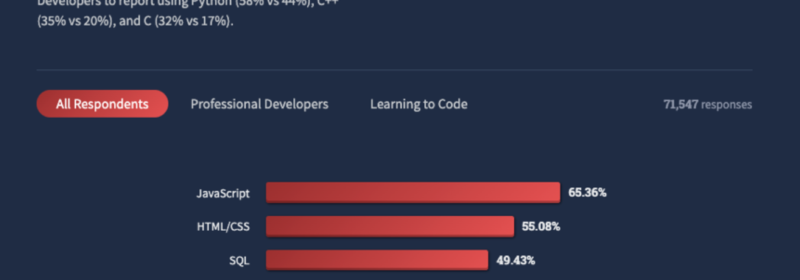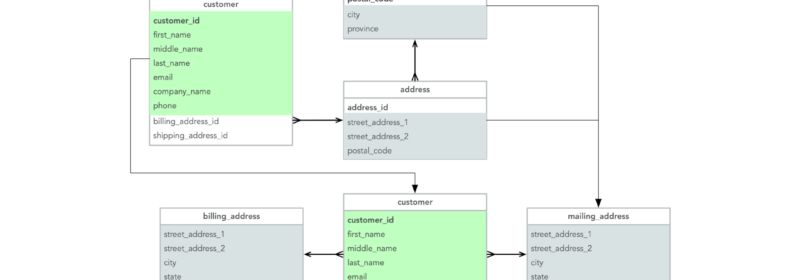Category: JavaScript

Improved Debuggability for SQL++ User-Defined Functions
User-defined functions (UDFs) are a very useful feature supported in SQL++. Couchbase 7.6 introduces improvements that allow for more debuggability and visibility into UDF execution. This blog will explore two new features in Couchbase 7.6 in the world of UDFs. Profiling...

Build a Survey App with Netlify and Couchbase
The Couchbase DevRel team has been working with the Bad Website Club on freeCodeCamp materials. freeCodeCamp is a non-profit organization that consists of an interactive learning web platform, an online community forum, chat rooms, online publications and local organizations that...

Recursive Query Processing in SQL++ (N1QL)
It is extremely likely that you have come across issues with hierarchical lookups or graph traversal in your application as a developer who handles real-world use cases. And, for obvious reasons, you prefer solving them at the database layer and...

How to lower your company’s AI risk in 2023
With the OpenAI’s landmark releases of DALL·E 2, and ChatGPT last year, people have been interacting with artificial intelligence and seeing first hand (a tiny bit of) its potential. These tools can feel like magic. Each takes a textual prompt...

The Top 8 Best Languages for Backend Development
Computer programming is becoming an increasingly necessary and popular skill. Many high school and college graduates are exposed to programming even if they are not in a computer science field. This rise in exposure has led to new programmer archetypes...

From N1QL to JavaScript and Back – Part 7: Hierarchical JavaScript Storage
In previous blogs, we covered executing N1QL (SQL++) from JavaScript functions, processing documents through iterators, manipulating data, handling errors, prepared statements and other advanced topics. The final topic to cover is a newly added feature to 7.1 that enables JavaScript library storage options....

From N1QL to JavaScript and Back – Part 6: Advanced Topics
In previous blogs, we covered executing N1QL (SQL++) from JavaScript functions, processing documents through iterators, manipulating data, handling errors, and using prepared statements. We have a few more advanced topics to cover before we move onto manipulating JavaScript libraries, such as calling other...

From N1QL to JavaScript and Back – Part 3: Iterating over Documents and DML
This earlier blog goes through the basics of executing N1QL statements inside JavaScript functions. We now move onto… Iterators/Processing values So far we have purposely avoided statements that return data, and returning data from the function. This is where we...

From N1QL to JavaScript and Back – Part 2: Basic Usage
The previous blog introduced to you new features in JavaScript user-defined functions. We are now going to explore them in more detail. We start with a basic mechanism to execute N1QL statements inside JavaScript code. N1QL in JavaScript There are...

From N1QL to Javascript and Back – Part 1: Introduction
Among the many great features introduced in Couchbase Server 7.0, one has the potential for a greater impact in later releases: N1QL User Defined Functions. A quick glance at the past N1QL is a declarative language, meaning that requests merely...

Using the Eventing Service to Consolidate Data from Multiple Sources
One of the many advantages of using a document-based database such as Couchbase is the ability to use a flexible data model to store data without the constraints of a rigid, predetermined schema. Many customers choose a NoSQL database to...

Traverse Hierarchy with SQL++ User-defined functions (UDFs)
User-defined functions (UDFs) are a feature that exist in most RDBMS. Whether it is Oracle PL/SQL (Procedural Language for SQL), SQL Server T-SQL (Transact-SQL), PL/pgSQL (Procedural Language/PostgreSQL), or other variants, all these languages have the general characteristics of providing a...
